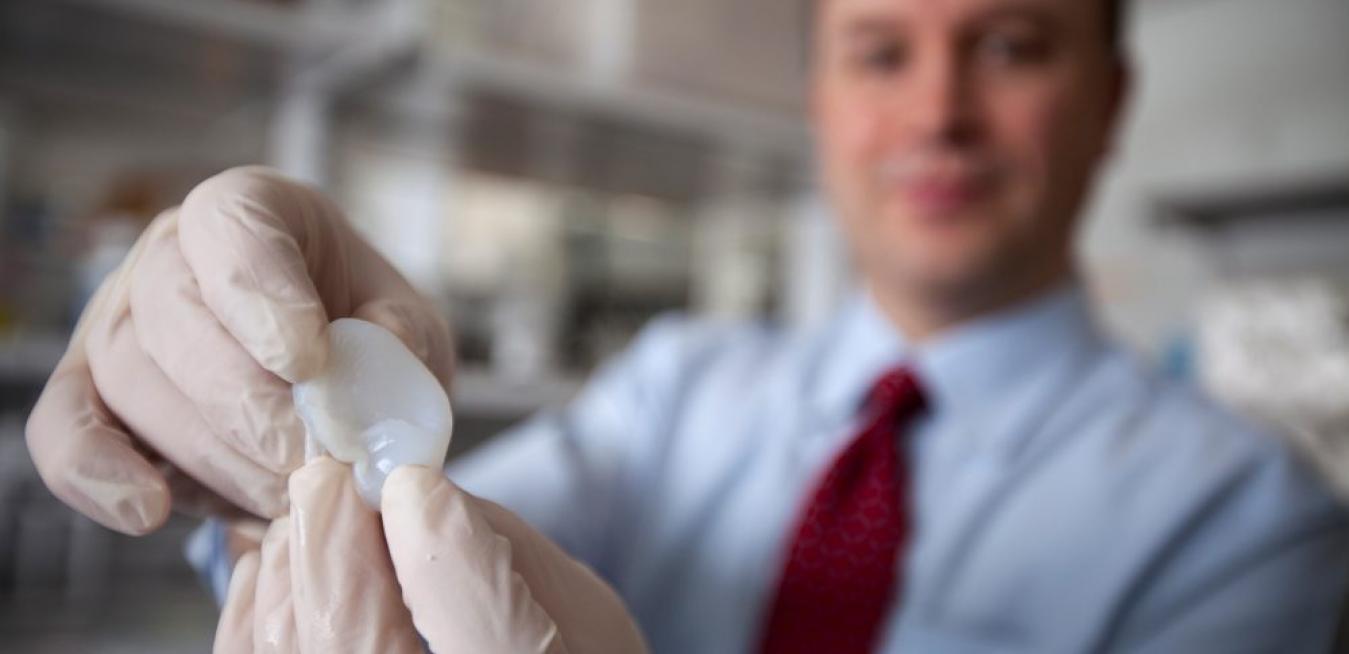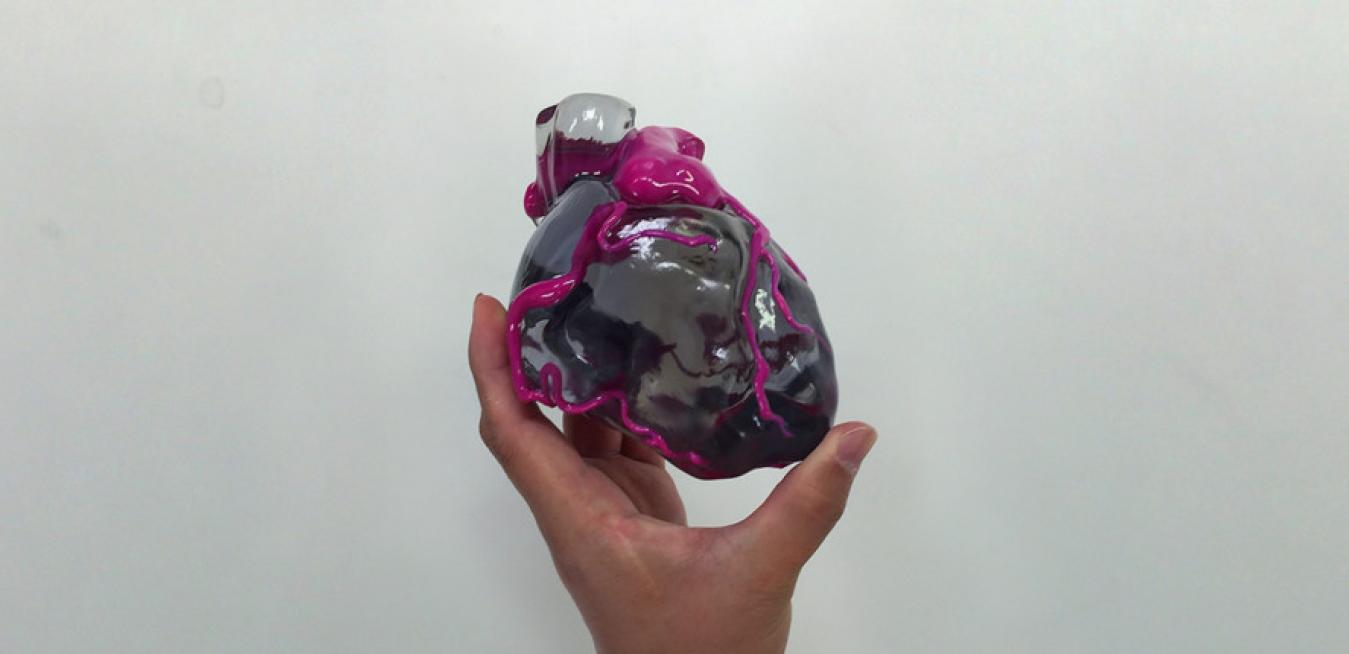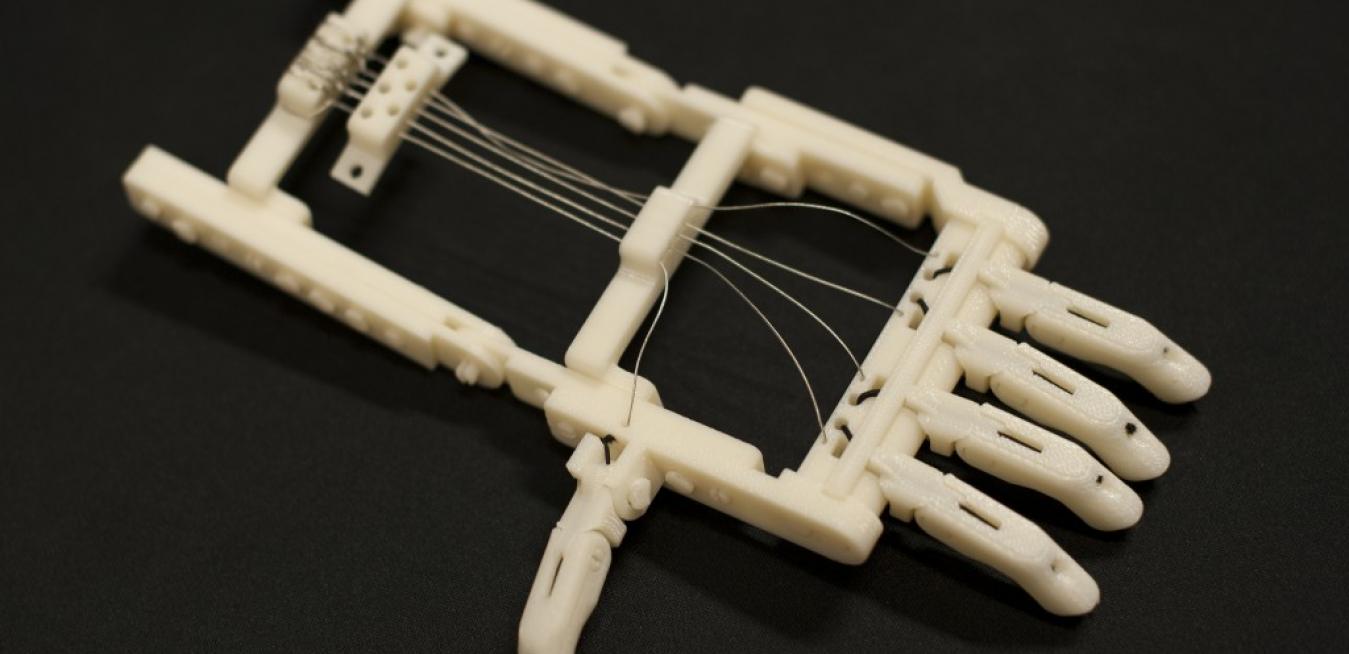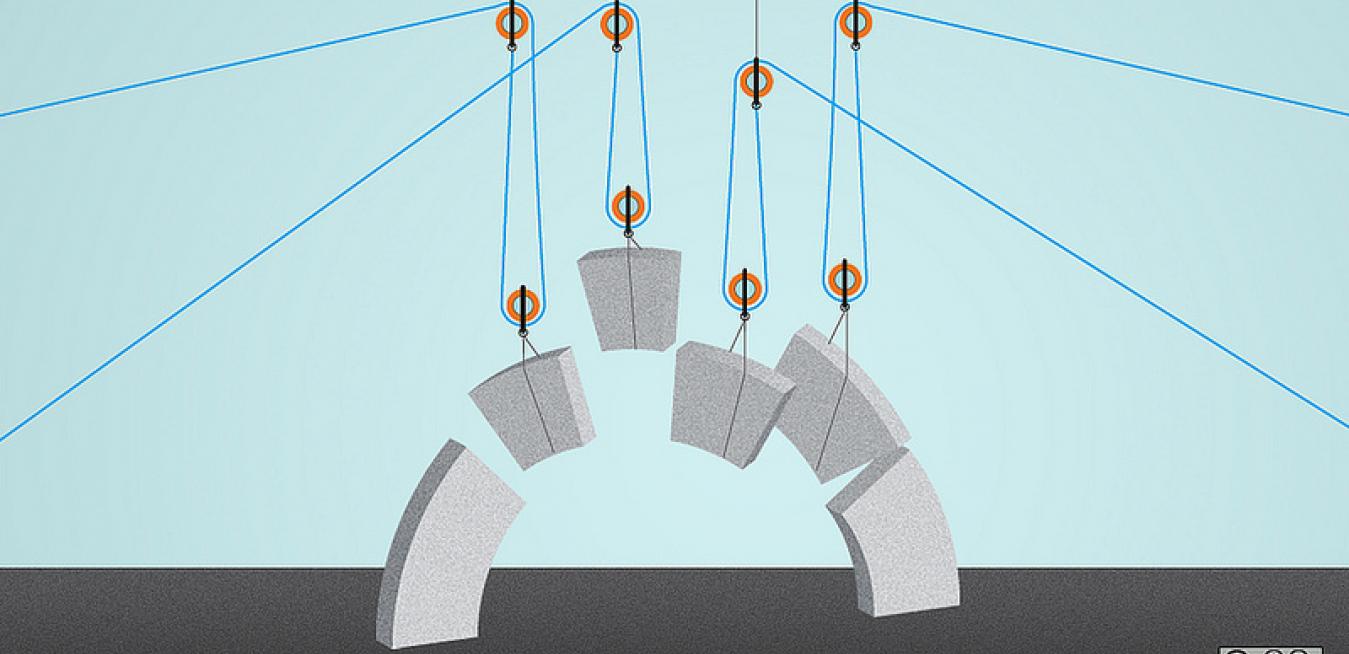Imagine if any patient could be at the top of any donor recipient list. As Baby Boomers reach their retirement years, policymakers and leaders in medicine are scrambling to find better health outcomes with lower expenses. Additive manufacturing could provide a real breakthrough in treating patients around the world, writes John Menna, Vice President of Global Strategy for Healthcare Logistics at UPS.
Even as people around the globe enjoy longer, healthier and more productive lives, the rising cost of healthcare threatens to impede such progress.
Designer Danit Peleg describes how she revolutionized the fashion industry with 3D-printing technology.
Today’s shopper expects seamlessness and efficiency — and new technologies are helping retailers deliver on these expectations in new ways.
From virtual fitting rooms to clothing subscription boxes, the fashion industry is evolving to help shoppers find a perfect style and fit with little hassle.
Dr. Maki Sugimoto created lifelike organ models with 3D imagery and printing to diagnose and treat patients with more information. For example, he thought surgeons could better understand a tumor's shape and position to make an incision. Sugimoto didn't realize that the first test of this technology would be used when he sustained a life-threatening spinal injury.
The launch platform in which I participated was a pop-up, three-week innovation and manufacturing center where aspiring makers, entrepreneurs, and students could go to develop new skills and learn about advanced manufacturing technologies.
But the cool factor of 3D printing sometimes obscures a movement in manufacturing that could have an even bigger impact: platforms that help us share ideas, suppliers and marketplaces. That emerging network is why I’m optimistic that 2014 marks the rise of the hardware startup.











